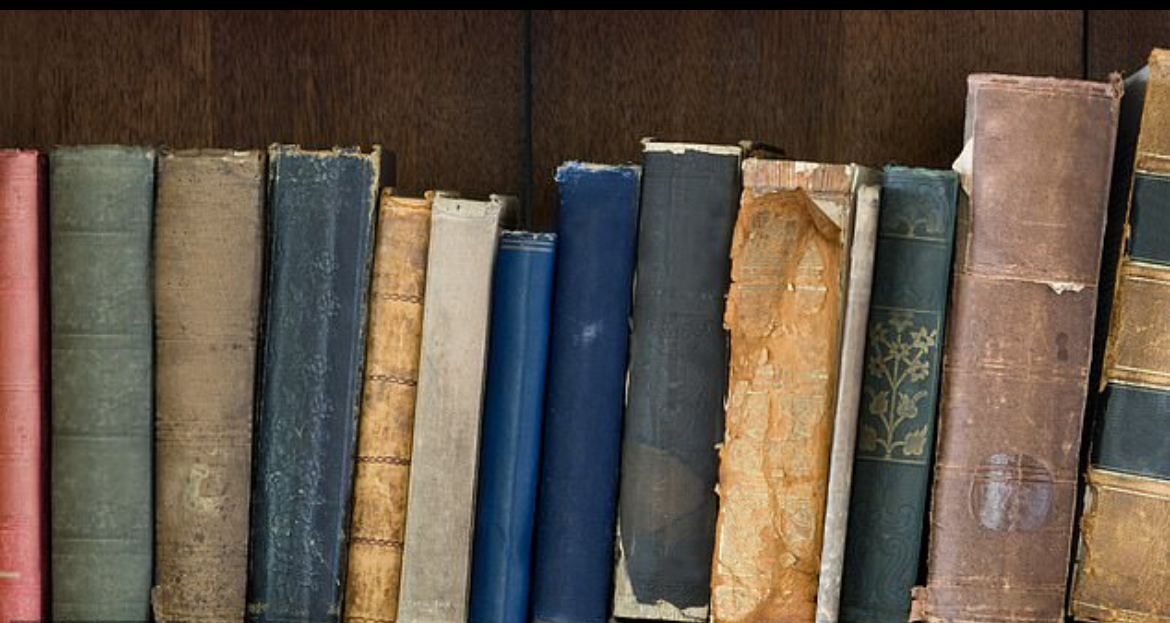Our bookshelves provide an intimate portrait of who we are. It’s why people love a Shelfie. It's also why the so-called ‘bookshelf wealth’ trend has grown. We all have books we are proud to show, and some we might tuck away.
Apparently, there are seven common bookshelf types, ranging from the meticulous alphabetical bookshelf to the creative and eye-catching colour-coded shelf, and what each says about the people behind them.
1. The university bookshelf
Hanging onto university textbooks long after they’re helpful often reveals a mix of pride and insecurity. These shelves serve as reminders of our educational accomplishments and formative years.
A classic example might be the shelves of a public intellectual or well-known professor, whose love for the classics and literary history is evident in the rows of old academic tomes displayed in their home library. For many, these books are not just references but mementos of a time when ideas were fresh and the world felt full of potential.
2. The colour-coded bookshelf
Bold, aesthetically pleasing, and Instagram-ready, a colour-coded bookshelf signals a love of design and flair. This arrangement reflects an individual who values appearances and enjoys showcasing their collection as a curated visual statement.
This trend has been popularised on platforms like Instagram and Pinterest, where countless influencers share vibrant #shelfie posts featuring rainbow-like book arrangements. The artist and writer Austin Kleon often jokes about the impracticality of colour coding but acknowledges its visual appeal, and the trend continues to attract followers eager to turn their bookshelves into eye-catching displays.
3. The alphabetical bookshelf
Arranging books alphabetically demonstrates a detail-oriented, methodical personality. It’s a time-consuming, deliberate process, suggesting a need for control and an appreciation for precision.
Umberto Eco, for example, was famous for his vast, categorised library. Eco’s shelves reflected his academic pursuits and his love for a well-ordered system, making it easy for him to locate specific references at any time. On a more personal note, I remember visiting a friend’s home where every shelf was perfectly alphabetised; the sight was so impressive it felt like entering a private bookshop.
4. The memento bookshelf
A shelf sprinkled with trinkets, photos, and other keepsakes goes beyond reading habits—it offers a glimpse into life’s essential moments. Whether it’s artwork, souvenirs, or cherished family photos, these shelves speak volumes about a person’s attachment to memory and meaning.
Notable authors like Chimamanda Ngozi Adichie have been known to surround themselves with items that inspire their creativity. For example, Adichie’s writing desk and nearby shelves often feature photographs, awards, and tokens that reflect her Nigerian heritage and writing journey. A family friend of mine had a shelf filled with travel books interspersed with seashells and postcards, each telling a story of adventures abroad.
5. Battered old books
Worn, dog-eared copies on display reveal a person who treasures their reading history. These shelves suggest loyalty to the books that have brought joy and an appreciation for content over condition.
Writers like Margaret Atwood and Haruki Murakami have often discussed the value of reading and rereading beloved books. Atwood’s shelves reportedly include well-loved copies of poetry and novels she’s returned to many times. This shows that excellent writing is not about pristine covers but the memories and meaning bound inside. I once visited a secondhand bookshop owner’s home and was amazed at how his shelves were crammed with worn paperbacks, each with a story about where it came from and why it mattered.
6. The untidy bookshelf
For some, shelves are a mix of stacked books, scattered papers, and general disorder. This disheveled arrangement can hint at a busy lifestyle, a relaxed attitude, or simply a prioritisation of practicality over presentation.
Well-known creative types like Alan Moore and other eccentric authors have described their workspaces as chaotic havens, where books, notes, and odd knick-knacks pile up in a way that fosters creativity. In one of Moore’s interviews, he spoke about how his cluttered environment simply reflects his intricate, layered thought process. A friend of mine has a similar approach. His shelves look chaotic to the outsider, but he knows exactly where to find every book he needs.
7. Nothing to see here
Sometimes, a minimalist approach says it all. A near-empty bookshelf with carefully chosen titles may indicate someone who values quality over quantity, preferring a deliberate, curated selection to a sprawling collection.
Modern interior designers and lifestyle influencers promote a minimalist aesthetic, where books are treated almost as objets d’art.
The author Marie Kondo’s approach to tidying up famously led people to keep only books that “spark joy,” leaving them with a few treasured items instead of overstuffed shelves. I once visited an architect’s home where the shelves held only a dozen pristine monographs, each chosen for its beauty and importance to their practice. It felt serene, and almost like stepping into a carefully curated gallery.






No comments:
Post a Comment